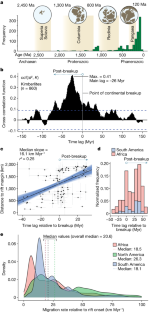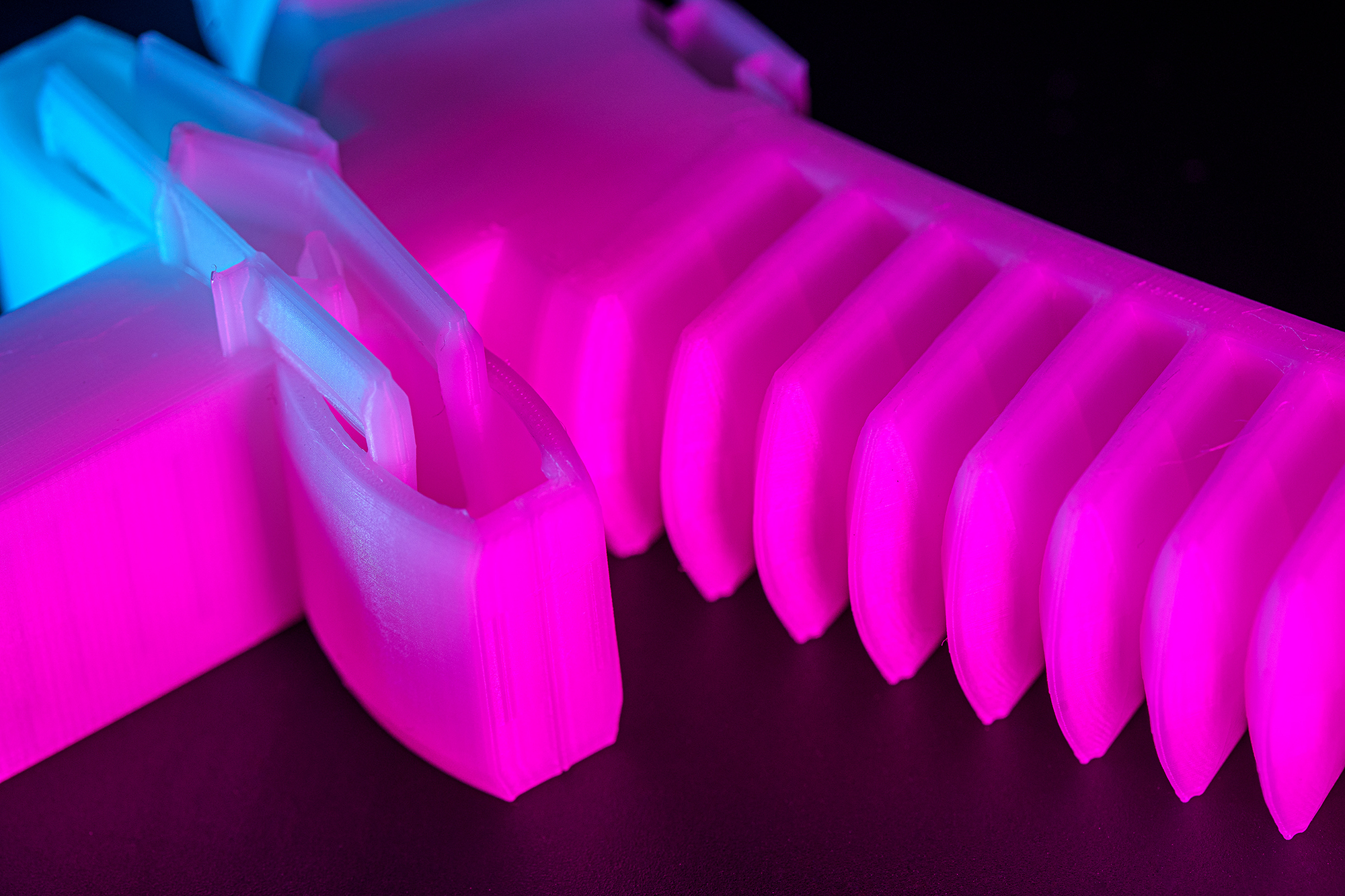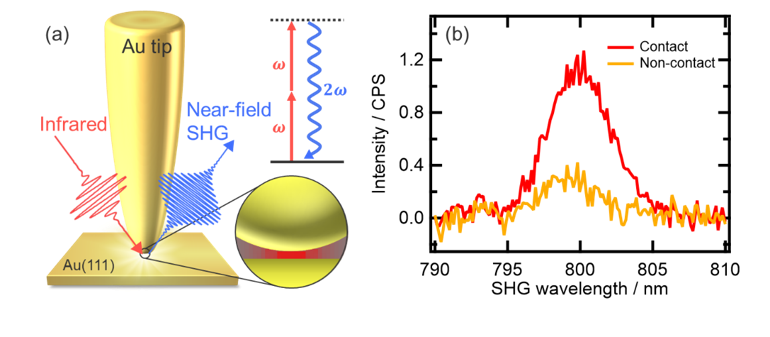地殻変動によるプレート分裂の発見が、将来の貴重な宝石の発見に火をつける可能性 Tectonic plate breakup discovery could spark future discoveries of precious gems
2023-07-26 バーミンガム大学
◆これまでに何百万年から何十億年もの間深部の高圧下で形成されたダイヤモンドは、一般的にキンバーライトと呼ばれる火山岩に見られます。この新研究は、大陸の分裂とキンバーライトの噴火との関連性を明らかにし、ダイヤモンド堆積地の発見に役立つ可能性があります。
<関連情報>
- https://www.birmingham.ac.uk/news/2023/diamond-domino-effect-explains-eruption-spot-secrets
- https://www.nature.com/articles/s41586-023-06193-3
地殻キールの地殻変動がキンバーライト火山活動を促進する Rift-induced disruption of cratonic keels drives kimberlite volcanism
Thomas M. Gernon,Stephen M. Jones,Sascha Brune,Thea K. Hincks,Martin R. Palmer,John C. Schumacher,Rebecca M. Primiceri,Matthew Field,William L. Griffin,Suzanne Y. O’Reilly,Derek Keir,Christopher J. Spencer,Andrew S. Merdith & Anne Glerum
Nature Published:26 July 2023
DOI:https://doi.org/10.1038/s41586-023-06193-3

Abstract
Kimberlites are volatile-rich, occasionally diamond-bearing magmas that have erupted explosively at Earth’s surface in the geologic past1,2,3. These enigmatic magmas, originating from depths exceeding 150 km in Earth’s mantle1, occur in stable cratons and in pulses broadly synchronous with supercontinent cyclicity4. Whether their mobilization is driven by mantle plumes5 or by mechanical weakening of cratonic lithosphere4,6 remains unclear. Here we show that most kimberlites spanning the past billion years erupted about 30 million years (Myr) after continental breakup, suggesting an association with rifting processes. Our dynamical and analytical models show that physically steep lithosphere–asthenosphere boundaries (LABs) formed during rifting generate convective instabilities in the asthenosphere that slowly migrate many hundreds to thousands of kilometres inboard of rift zones. These instabilities endure many tens of millions of years after continental breakup and destabilize the basal tens of kilometres of the cratonic lithosphere, or keel. Displaced keel is replaced by a hot, upwelling mixture of asthenosphere and recycled volatile-rich keel in the return flow, causing decompressional partial melting. Our calculations show that this process can generate small-volume, low-degree, volatile-rich melts, closely matching the characteristics expected of kimberlites1,2,3. Together, these results provide a quantitative and mechanistic link between kimberlite episodicity and supercontinent cycles through progressive disruption of cratonic keels.



